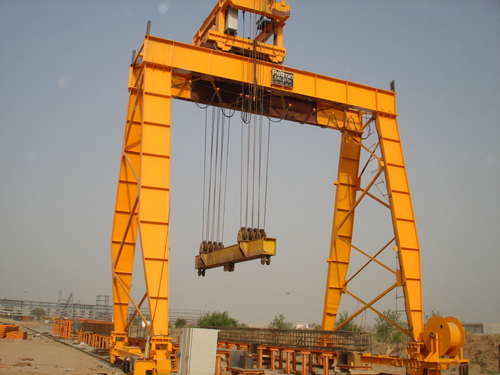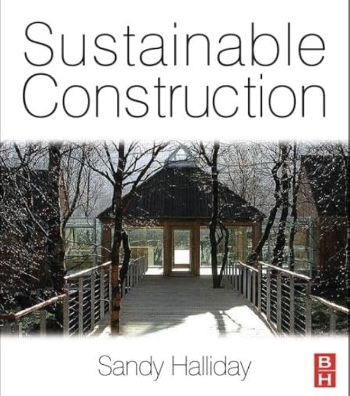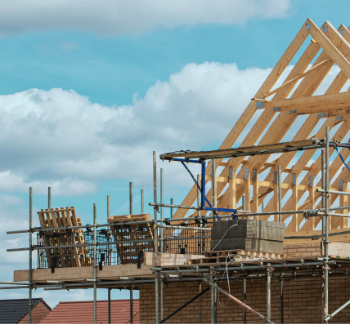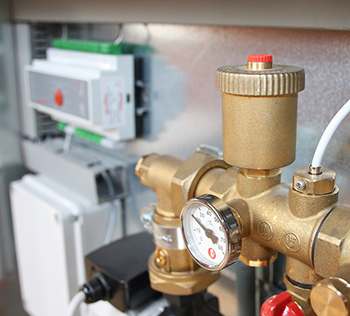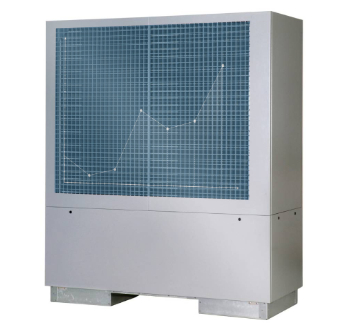Lifting device
Lifting devices allow the vertical movement of people, and / or goods. There are a wide range of lifting devices, suited to different situations, uses, vertical distances and loads.
Types of lifting devices (including links to articles on Designing Buildings Wiki) inlcude:
- Cherry picker.
- Crane.
- Escalator.
- Forklift truck.
- Hoist.
- Lift table.
- Lifting platform.
- Lifting sling.
- Lift.
- Pallet truck.
- Post lift.
- Scissor lift.
- Stacker.
- Stairlift.
- Suction lifter.
- Wheelchair platform.
- Working platform.
[edit] Related articles on Designing Buildings Wiki
- Access and inclusion in the built environment: policy and guidance.
- Access consultant.
- Approved document M.
- Arbour.
- Changing lifestyles.
- Considerations When Installing a Residential Lift.
- Electromagnetic overhead cranes.
- Fire and rescue service.
- Firefighting lift.
- Gantry.
- Inclusive design.
- Lifting Operations and Lifting Equipment Regulations (LOLER).
- Lifts.
- Lifts and Escalators: A Quality Perspective.
- Lifts and Their Special Operating Modes.
- Lifts for office buildings.
- Liftway.
- Manual handling.
- Mobile elevating work platforms (MEWPs).
- Non-discriminatory building design.
- Pulley.
- Railings.
- Ramps.
- Smart elevators.
- Stairs.
- Types of scaffolding.
- Winch.
- Work at height.
- Working platforms for tracked plant: good practice guide to the design, installation, maintenance and repair of ground-supported working platforms.
Featured articles and news
Types of rapidly renewable content
From forestry to agricultural crops and their by-products.
Terraced houses and the public realm
The discernible difference between the public realm of detached housing and of terraced housing.
Looking back at the influence of climate events
From a designer and writer: 'There are limits to growth but no limits to development'.
Terms, histories, theories and practice.
Biophilic design and natural light
Letting in the light and natural elements into spaces.
APM Programme Management Conference 2024
Strategies for Success.
Residential takes the reins as contract awards even out
Contracts down, but remain above the last quarter of 2023.
Celebrating Eid and the largest mud-brick building.
Barry Kingscote claims prestigious CIOB CMYA Award.
The British Mosque: an architectural and social history
The story of some 1,500 mosques or more in Britain.
Heat pump refrigerants, efficiencies and impacts
R12 to R1270 what are the differences?
Global heat pump market in 2023
Challenging times with positive but modest outlook.
Beyond the infrastructure pipeline
Opportunities and chokepoints.








